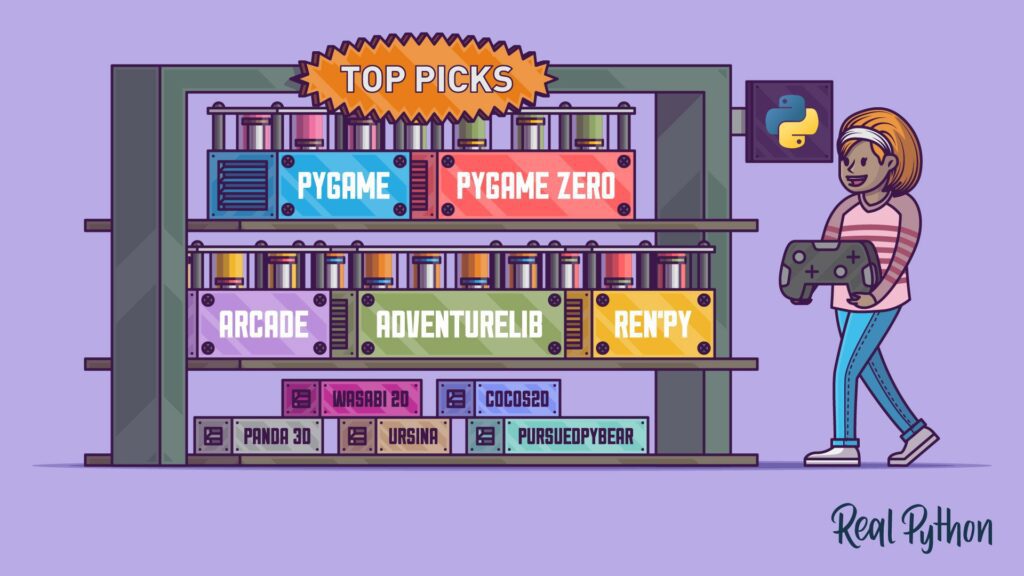The process of creating stunning 2D and 3D graphics for gaming involves various stages such as concept art, modeling, texturing, rigging, animation, programming, integration, and rendering. The first step is to identify the theme, setting, and visual style of the game, followed by creating 3D models of characters, objects, and environments using software tools like Maya, Blender, or ZBrush. Then, textures, special effects, and animations are added to bring the game to life. Finally, the game assets are integrated into the game engine and rendered using specialized software like Unity or Unreal Engine. It’s a complex and iterative process that involves both artistry and technical expertise.
Behind the Scenes: The Process of Creating Stunning 2D and 3D Graphics for Gaming
Introduction
Gaming has come a long way since the early days of pixelated graphics and simple gameplay. Today’s games are more advanced, immersive, and visually stunning than ever before. The credit for this goes to the game artists and developers who use cutting-edge technology and techniques to create breathtaking 2D and 3D graphics that transport players to new worlds and experiences.
In this article, we will delve into the behind-the-scenes process of creating stunning 2D and 3D graphics for gaming. From concept art and modeling to texturing and rendering, we will explore the various stages of game development that enable artists to bring their ideas to life.
Concept Art
The first step in creating a game is to identify the theme, setting, and visual style of the game. The game artists work closely with the game designers to create concept art that establishes the look and feel of the game. Concept art can take many forms—from sketches and paintings to 3D models and animations—and it serves as a blueprint for the entire game design.
Modeling
Once the concept art is finalized, the game artists can begin the modeling process. This involves creating 3D models of the characters, objects, and environments that will appear in the game. The modeling process can be done using various software tools such as Maya, Blender, or ZBrush. The game artists use these tools to sculpt, mold, and refine the 3D models to ensure they meet the design specifications.
Texturing
After the 3D models are created, the game artists apply textures to them. Texturing involves adding color, patterns, and other details to the 3D models to make them look realistic and lifelike. Texturing can be done using a variety of software tools such as Substance Painter, Photoshop, or Mari. The game artists can also add special effects such as reflections, shadows, and lighting to the models to enhance their appearance.
Rigging and Animation
Once the 3D models are textured, they need to be rigged and animated. Rigging involves creating a skeleton for the 3D models, which allows them to move and be posed in different ways. Animation involves creating movements and actions for the characters and objects in the game. This can include walking, running, jumping, and attacking, among other things. Rigging and animation are critical parts of game development as they bring the game to life and make it more interactive.
Programming and Integration
After the game assets are created, they need to be integrated into the game engine. The game engine is the software that runs the game and processes the game logic, physics, and audio. The game assets need to be programmed to interact with the game engine in a specific way to make the game work correctly. This involves writing code in programming languages such as C++, Python, or Lua. The game artists work closely with the programmers to ensure that the graphics and other visual elements work seamlessly with the game engine.
Rendering
After the game assets are integrated into the game engine, they need to be rendered. Rendering involves creating the final images and animations that the player sees on the screen. This can be done using specialized software such as Unity, Unreal Engine, or CryEngine. The game artists can apply various effects such as motion blur, depth of field, and lens flares to the final rendered images to enhance their appearance.
Conclusion
Creating stunning 2D and 3D graphics for gaming is a complex and iterative process that involves many stages of development. From concept art and modeling to texturing and rendering, game artists and developers use a combination of artistry and technical expertise to create immersive and visually stunning games. The next time you play a game, take a moment to appreciate the hard work and creativity that went into making it.
